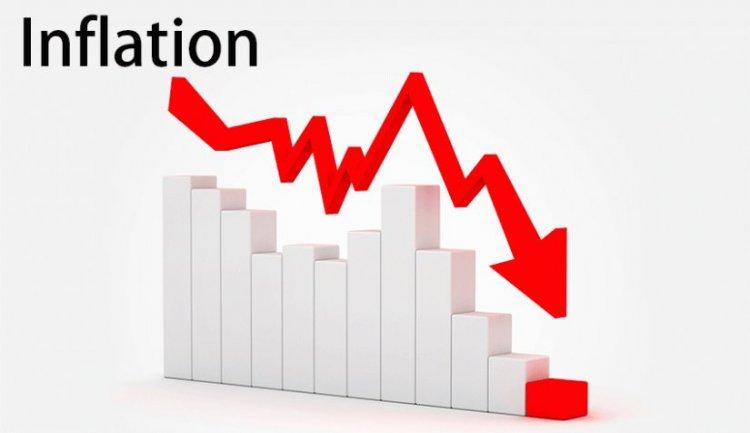The latest data from the Ministry of Statistics and Programme Implementation reveals that India’s retail inflation, as measured by the consumer price index (CPI), dropped to a more than two-year low of 4.25% in May 2023. This significant decline follows a peak of 7.79% in April 2022 and a low of 4.06% in January 2021. Additionally, the wholesale price inflation, measured by the wholesale price index (WPI), stood at -0.92% in April 2023, down from 1.34% in March 2023. These figures indicate a favorable trend in the country’s inflation rate.
Retail Inflation (CPI) Trends:
India’s retail inflation has been on a downward trajectory in recent months. In May 2023, the CPI decreased to 4.25% from 4.70% in April, 5.66% in March, 6.44% in February, and 6.52% in January. This consistent decline in inflation suggests a more stable and controlled price environment for consumers. The Reserve Bank of India (RBI) considers this a positive development, as it indicates that inflation is falling below its upper tolerance limit of 6% for three consecutive months.
Buy Prime Test Series for all Banking, SSC, Insurance & other exams
Wholesale Price Inflation (WPI) Trends:
The wholesale price inflation, which measures the overall prices of goods before they reach the retail market, experienced a significant decline in April 2023. It dropped to -0.92% from 1.34% in March 2023. This negative inflation rate indicates a potential decrease in the cost of production and distribution of goods, which could have a positive impact on businesses and consumers alike.
Comparison with Previous Years:
To provide a broader perspective, let’s examine the average inflation rates in India over the last 10 years.
-
2023 (CPI): The CPI for the year has shown a downward trend, starting from 6.52% in January and reaching 4.25% in May. The declining inflation rate suggests improved price stability.
- 2023 (WPI): The WPI has experienced fluctuations throughout the year, with a positive inflation rate of 4.73% in January, dropping to -0.92% in April. This deflationary period may have varying effects on different sectors of the economy.
- 2022: Both the CPI and WPI experienced relatively high inflation rates in 2022, with the CPI peaking at 7.79% in April and the WPI reaching 15.88% in May. These higher inflation rates may have posed challenges for businesses and consumers.
- 2021: In 2021, the CPI ranged from a low of 4.06% in January to a high of 6.30% in May. The WPI also exhibited volatility, with a peak of 14.27% in December. This year was characterized by fluctuations in inflation rates.
-
2020: Due to the COVID-19 pandemic and nationwide lockdown, the CPI data for April and May 2020 were not released. The year witnessed varying levels of inflation, with the CPI reaching 7.61% in October and the WPI showing deflationary trends in certain months.
Inflation and Monetary Policy:
The Reserve Bank of India has been closely monitoring inflation and its impact on the economy. In a recent monetary policy meeting held in June 2023, the RBI decided to maintain the benchmark repo rate at 6.50% and pause rate hikes. The central bank projects a moderate CPI inflation rate of 5.2% for the fiscal year 2023-24 and aims to align inflation with its target rate over the medium term.
Factors Affecting Inflation:
The inflation trajectory in India depends on various factors, including the prices of domestic commodities such as vegetables, cereals, and spices. The RBI has previously attributed the effects of the pandemic, geopolitical conflicts, and weakness in the Indian rupee to the demand-supply mismatch, which has contributed to downside risks to growth. Monitoring these factors will be crucial in managing inflation in the coming months.
International Comparison:
The United States also experienced cooling inflation in April 2023, with the inflation rate decreasing to 4.9% from 5% in March. Economists have projected that the U.S. Federal Reserve will slow interest rate increases and potentially halt rate hikes in 2023, considering the evolving inflationary environment.



 Indian Olympic Medal Winners List Till N...
Indian Olympic Medal Winners List Till N...
 Who is the Inventor of the Gramophone?
Who is the Inventor of the Gramophone?
 HS Dhaliwal Appointed New DGP Of Andaman...
HS Dhaliwal Appointed New DGP Of Andaman...
